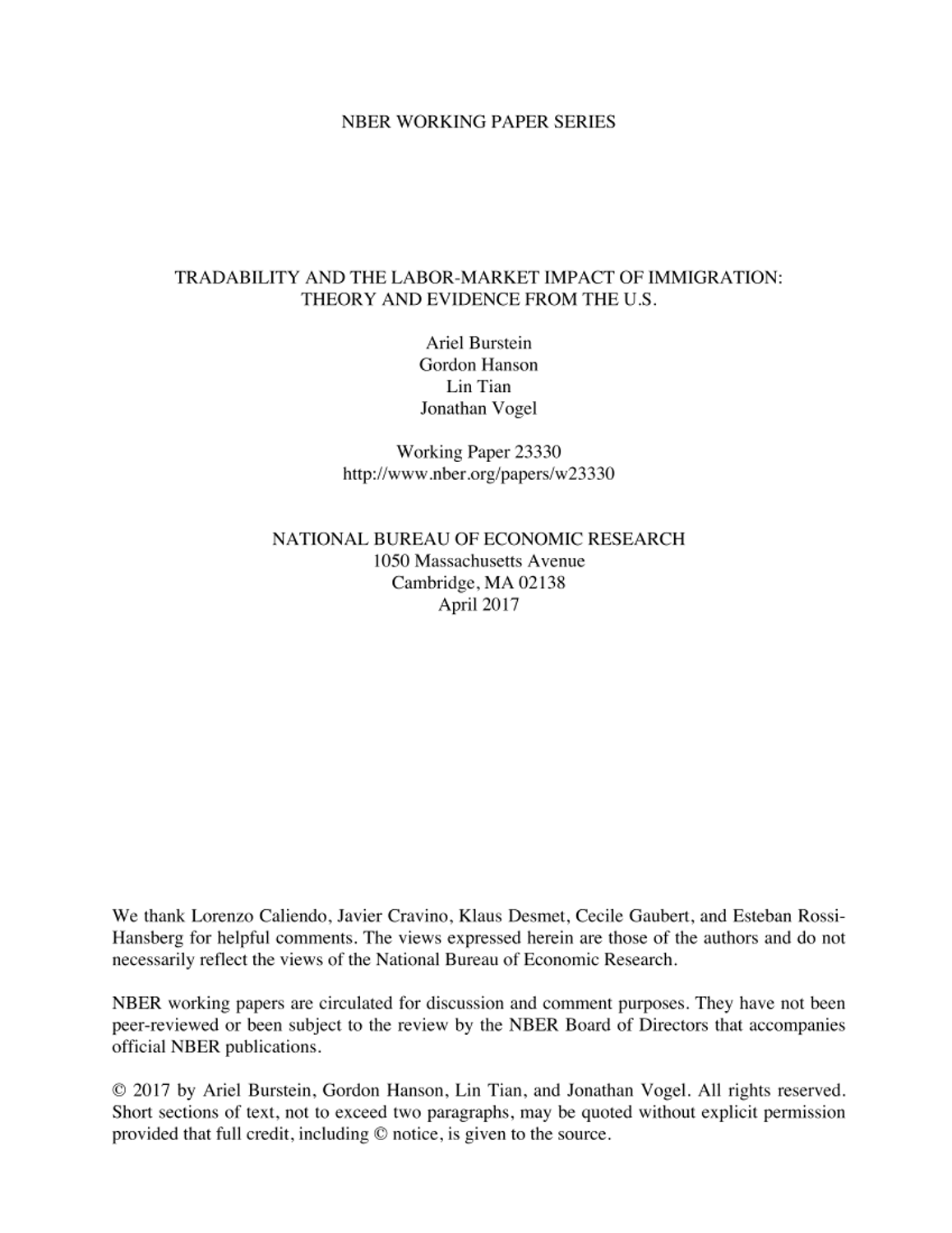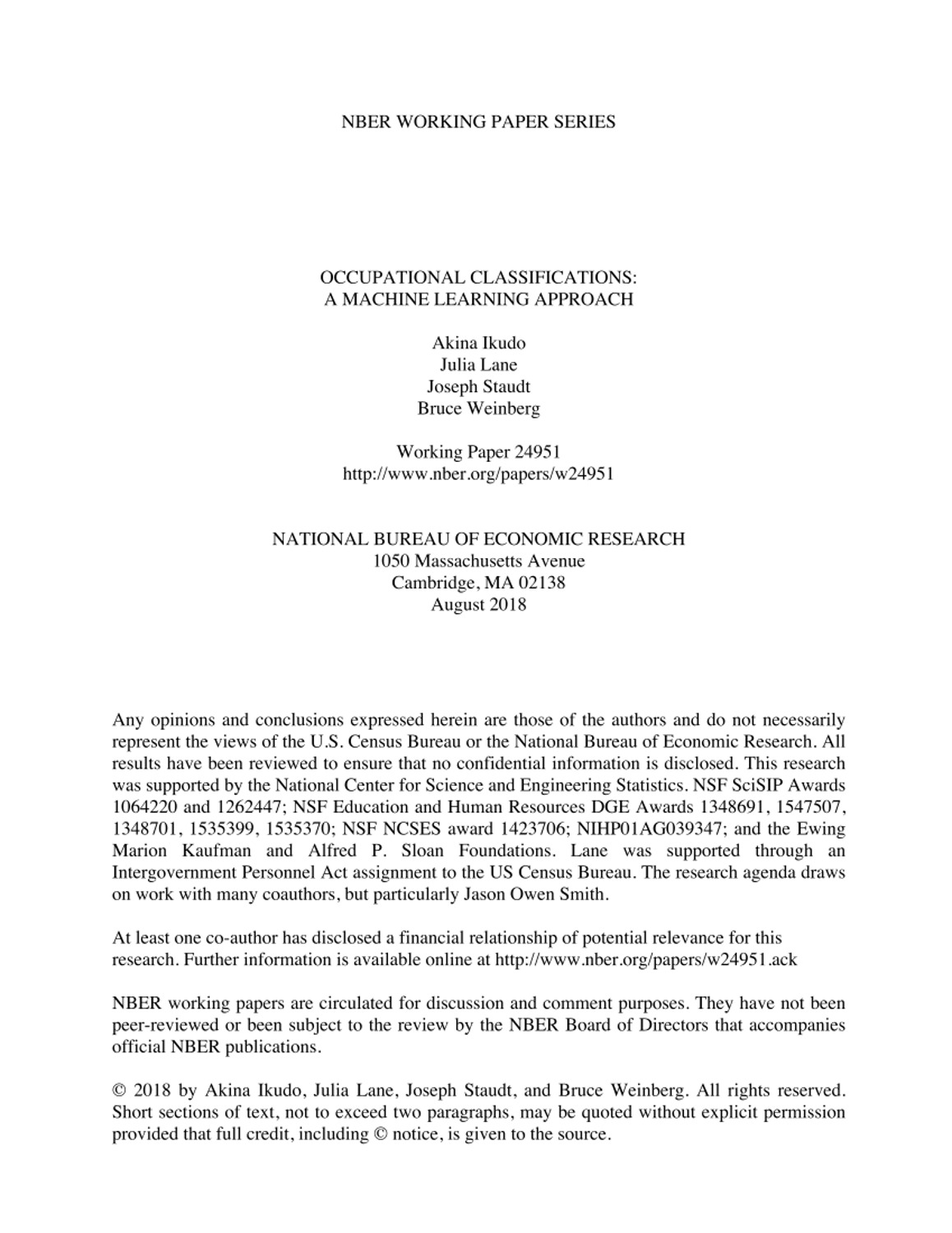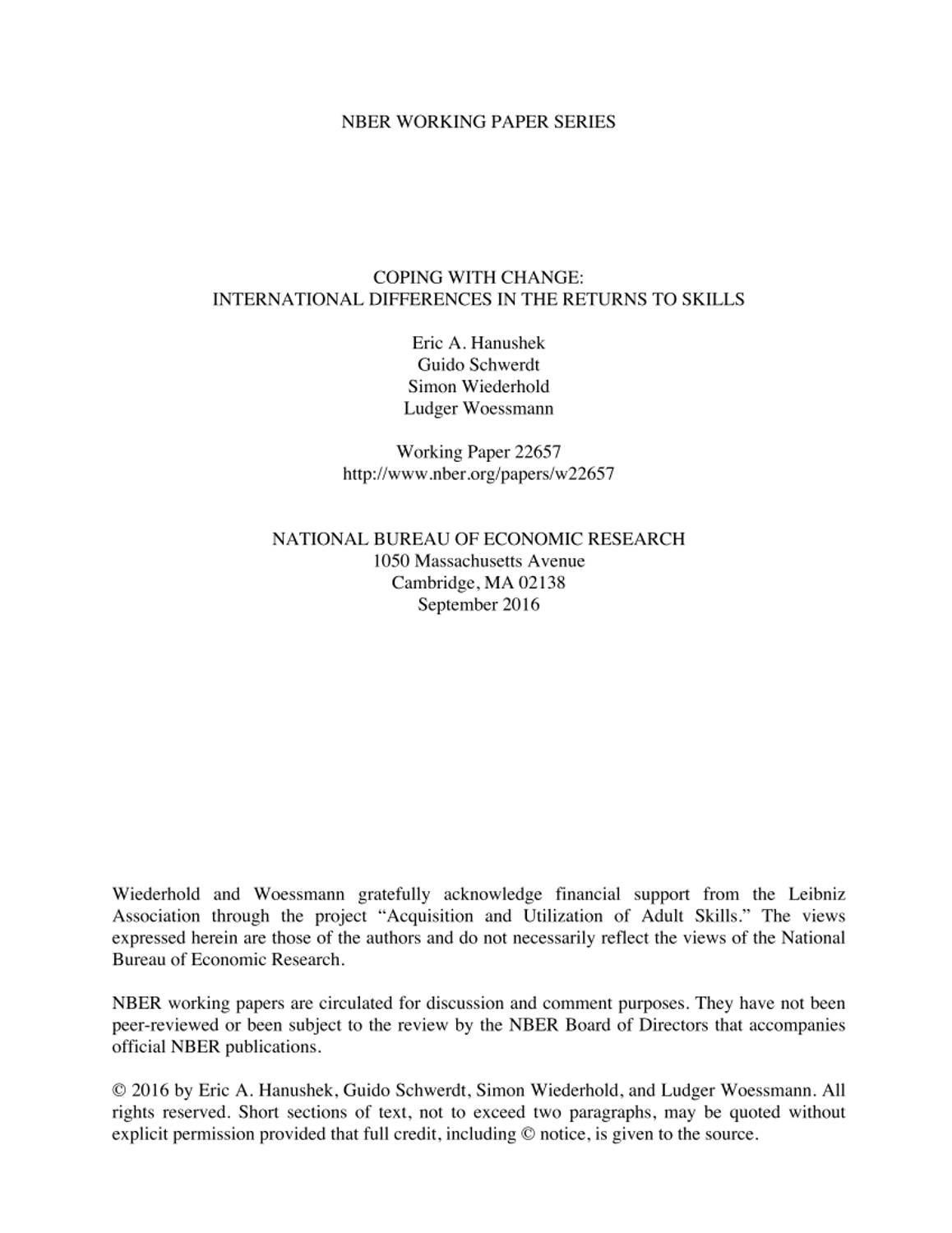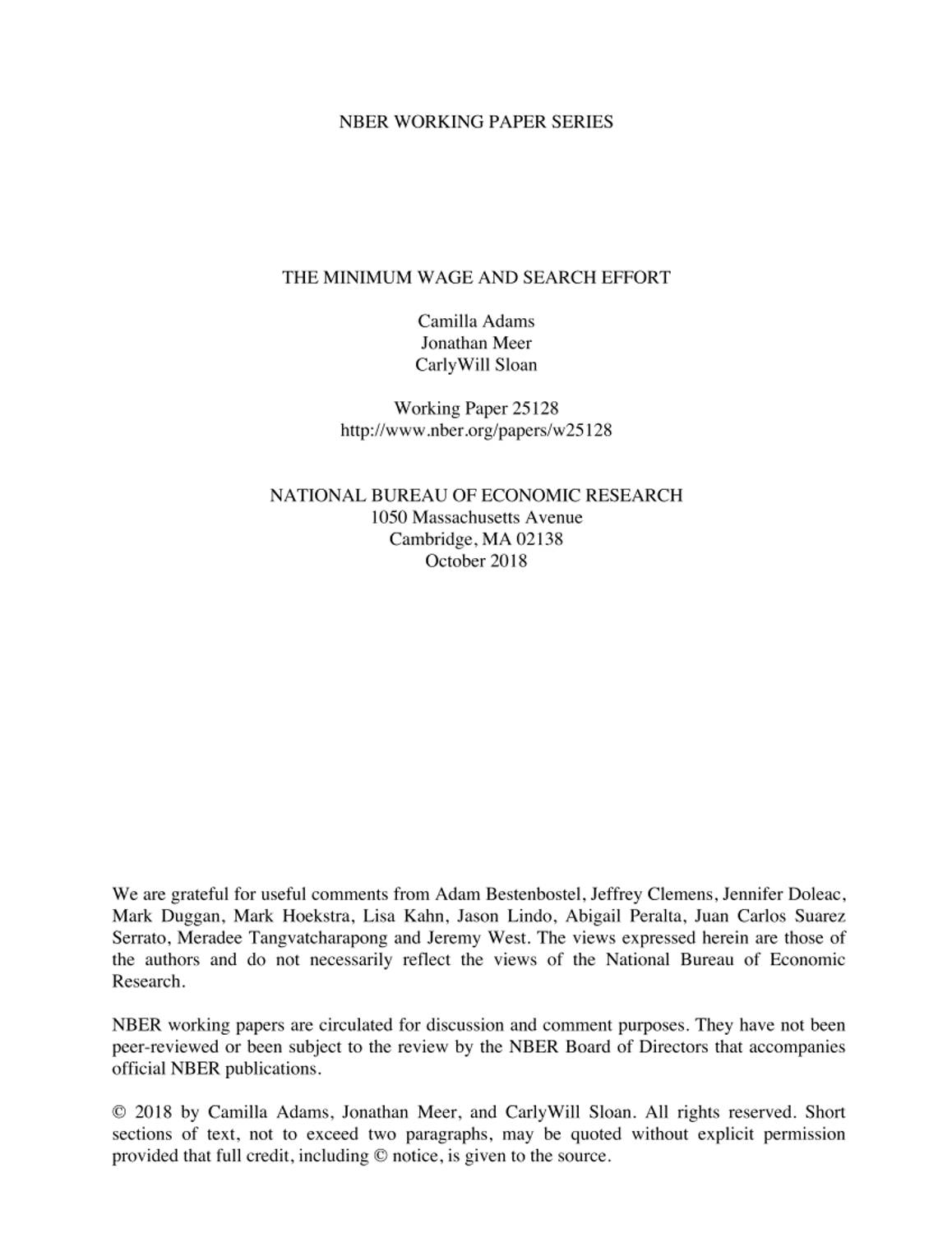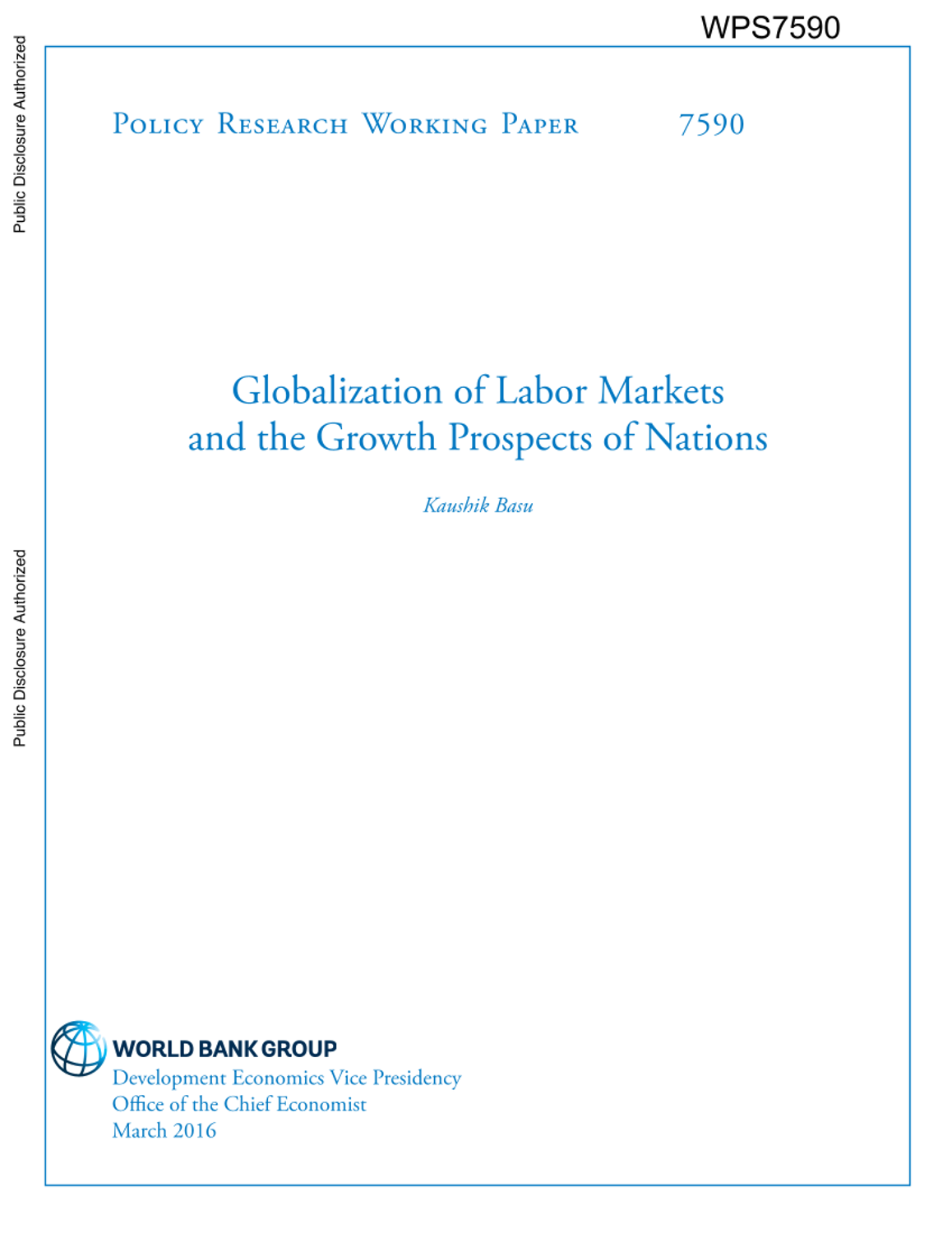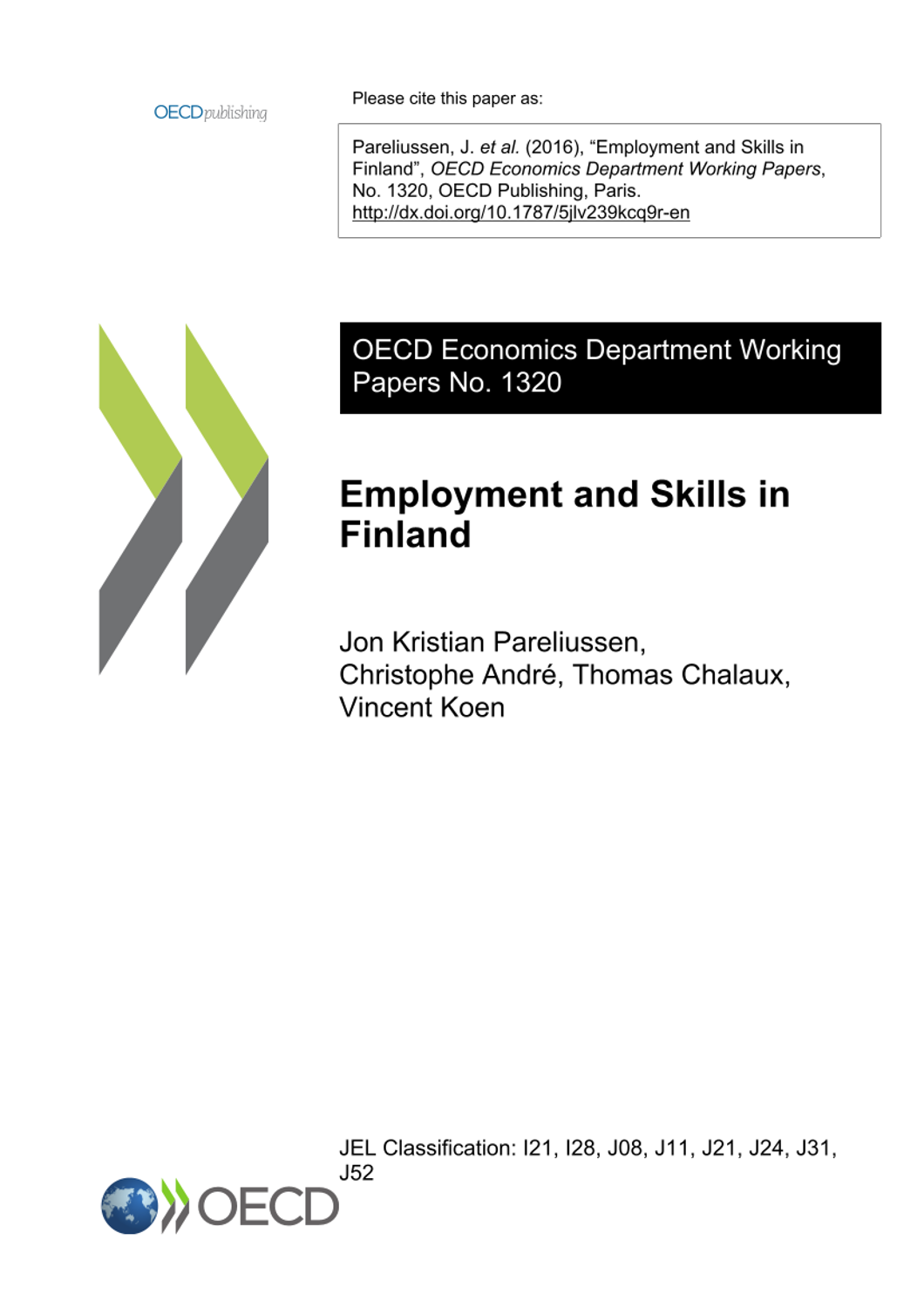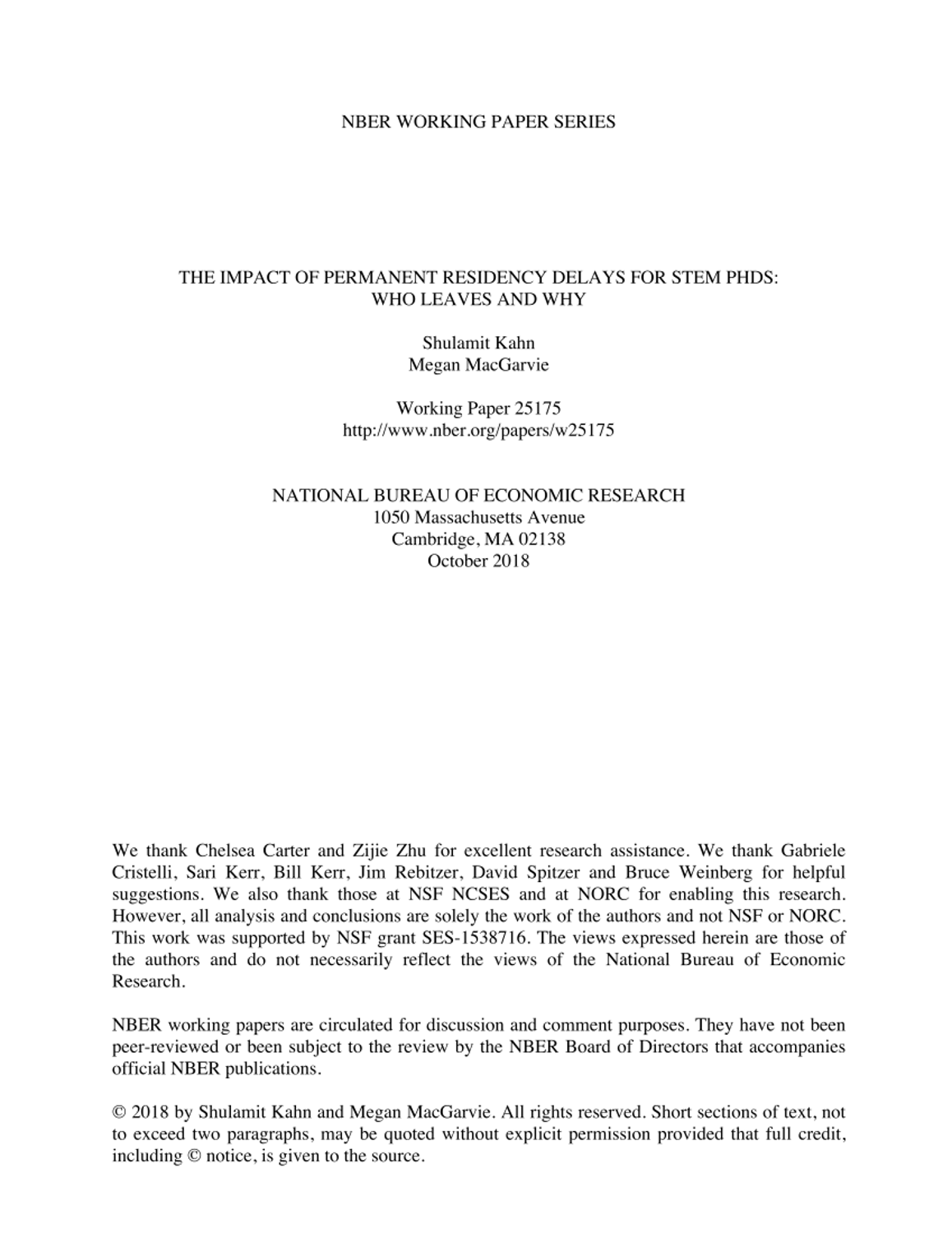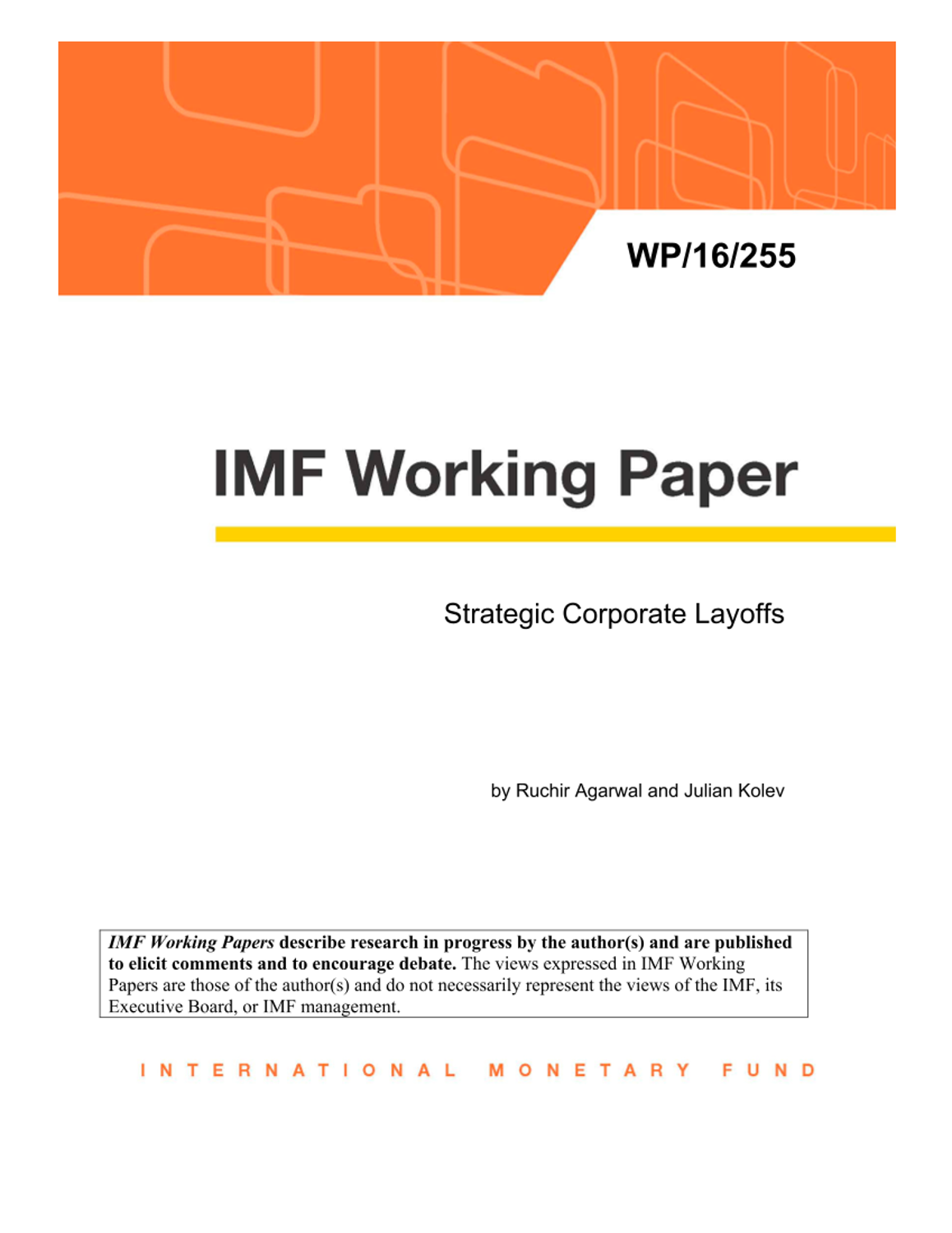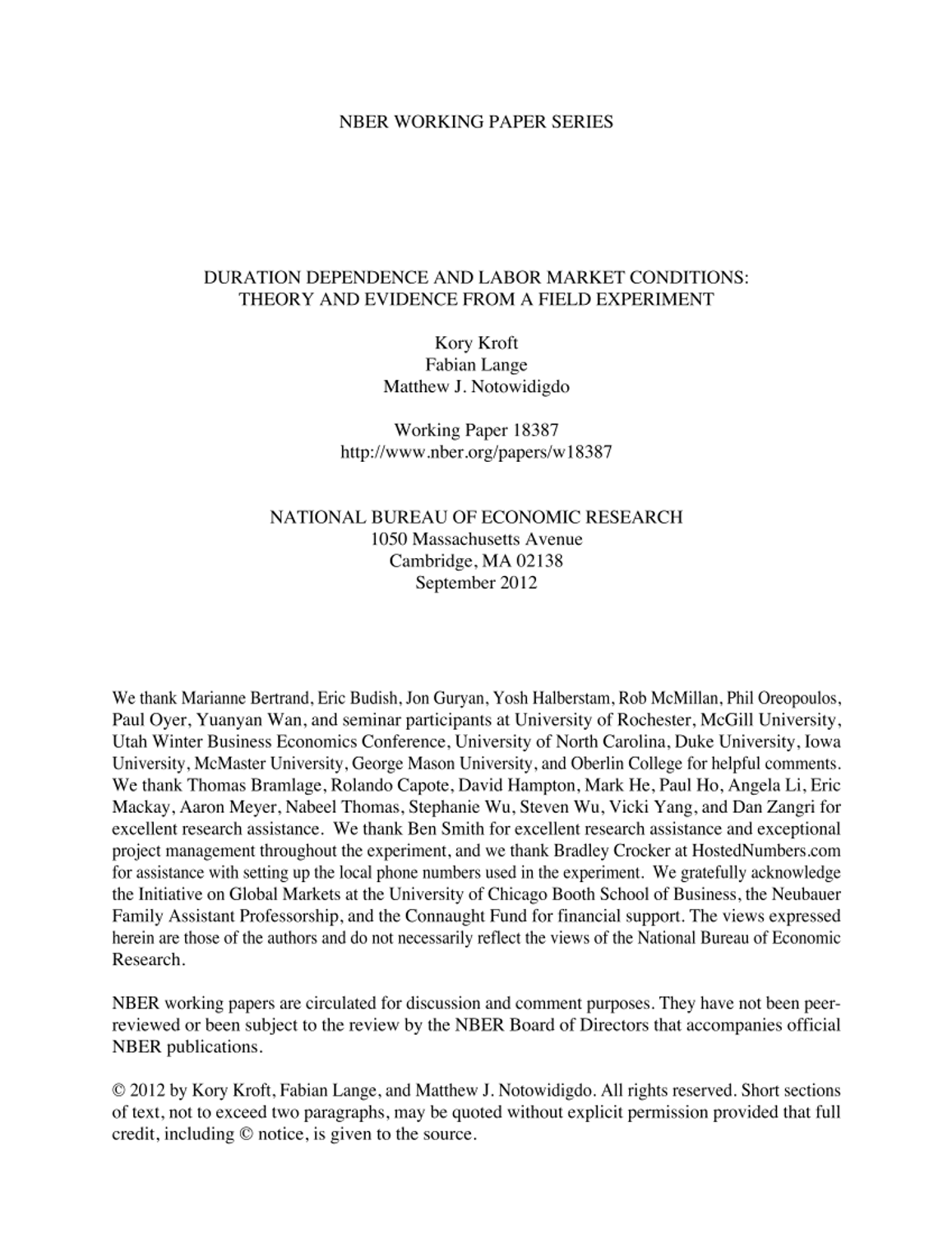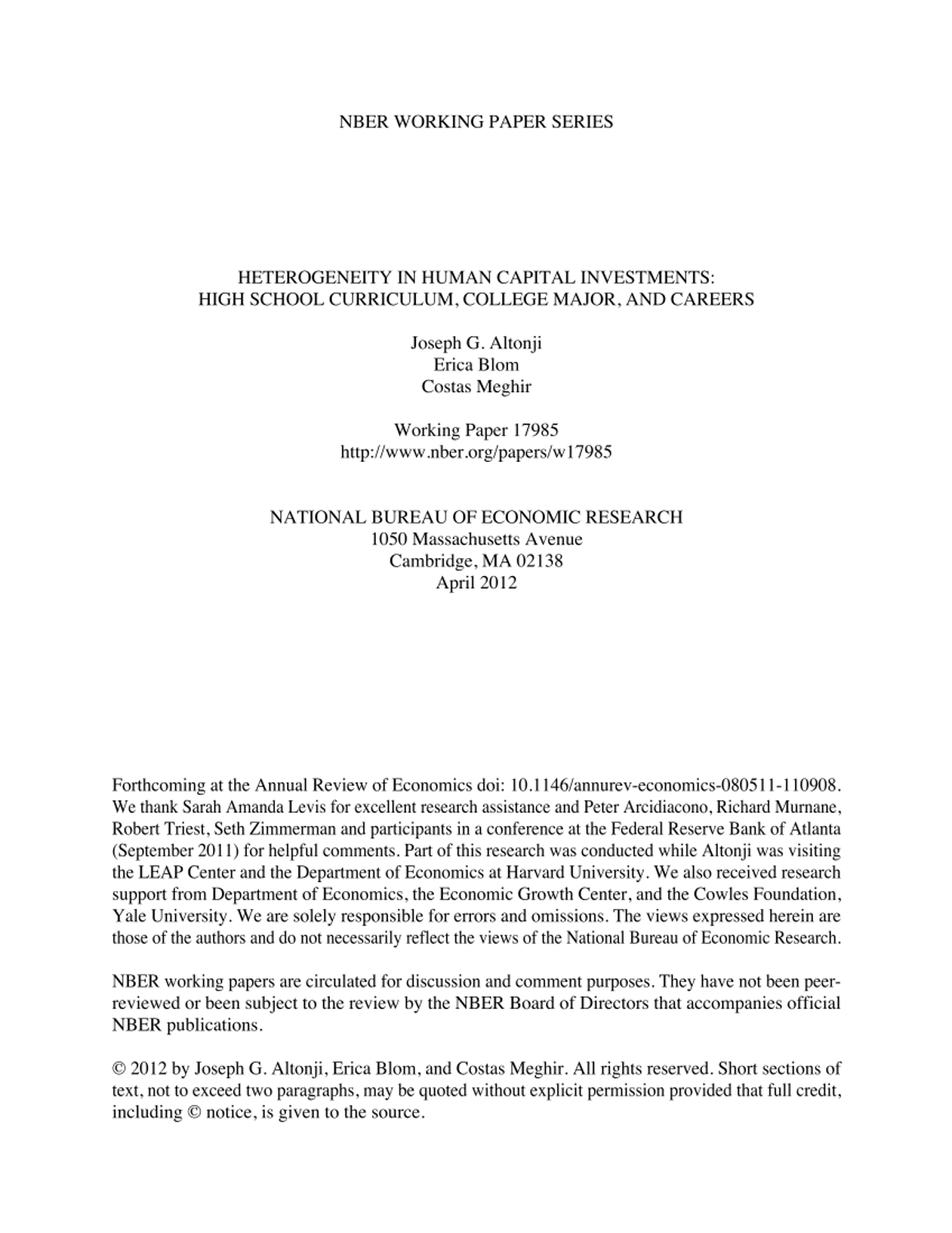연구보고서NBER Working Paper 23330
Tradability and the labor-market impact of immigration: theory and evidence from the U.S
- 청구기호
- WP 23330
- 발행사항
- Cambridge : NBER, 2017
- 형태사항
- 64 p. :. PDF file ;. 1,925 KB
- 바로가기
소장정보
| 위치 | 등록번호 | 청구기호 / 출력 | 상태 | 반납예정일 |
|---|---|---|---|---|
이용 가능 (1) | ||||
| E0002494 | 대출가능 | - | ||
이용 가능 (1)
- 등록번호
- E0002494
- 상태/반납예정일
- 대출가능
- -
- 위치/청구기호(출력)
책 소개
In this paper, we show that labor-market adjustment to immigration differs across tradable and nontradable occupations. Theoretically, we derive a simple condition under which the arrival of foreign-born labor crowds native-born workers out of (or into) immigrant-intensive jobs, thus lowering (or raising) relative wages in these occupations, and explain why this process differs within tradable versus within nontradable activities. Using data for U.S. commuting zones over the period 1980 to 2012, we find that consistent with our theory a local influx of immigrants crowds out employment of native-born workers in more relative to less immigrant-intensive nontradable jobs, but has no such effect within tradable occupations. Further analysis of occupation wage bills is consistent with adjustment to immigration within tradables occurring more through changes in output (versus changes in prices) when compared to adjustment within nontradables, thus confirming the theoretical mechanism behind differential crowding out between the two sets of jobs. We then build on these insights to construct a quantitative framework to evaluate the consequences of counterfactual changes in U.S. immigration. Reducing inflows from Latin America, which tends to send low-skilled immigrants to specific U.S. regions, raises local wages for native-born workers in more relative to less-exposed nontradable occupations by much more than for similarly differentially exposed tradable jobs. By contrast, increasing the inflow of high-skilled immigrants, who are not so concentrated geographically, causes tradables and nontradables to adjust in a more similar fashion. For the nontradable-tradable distinction in labor-market adjustment to be manifest, as we find to be the case in our empirical analysis, regional economies must vary in their exposure to an immigration shock.

